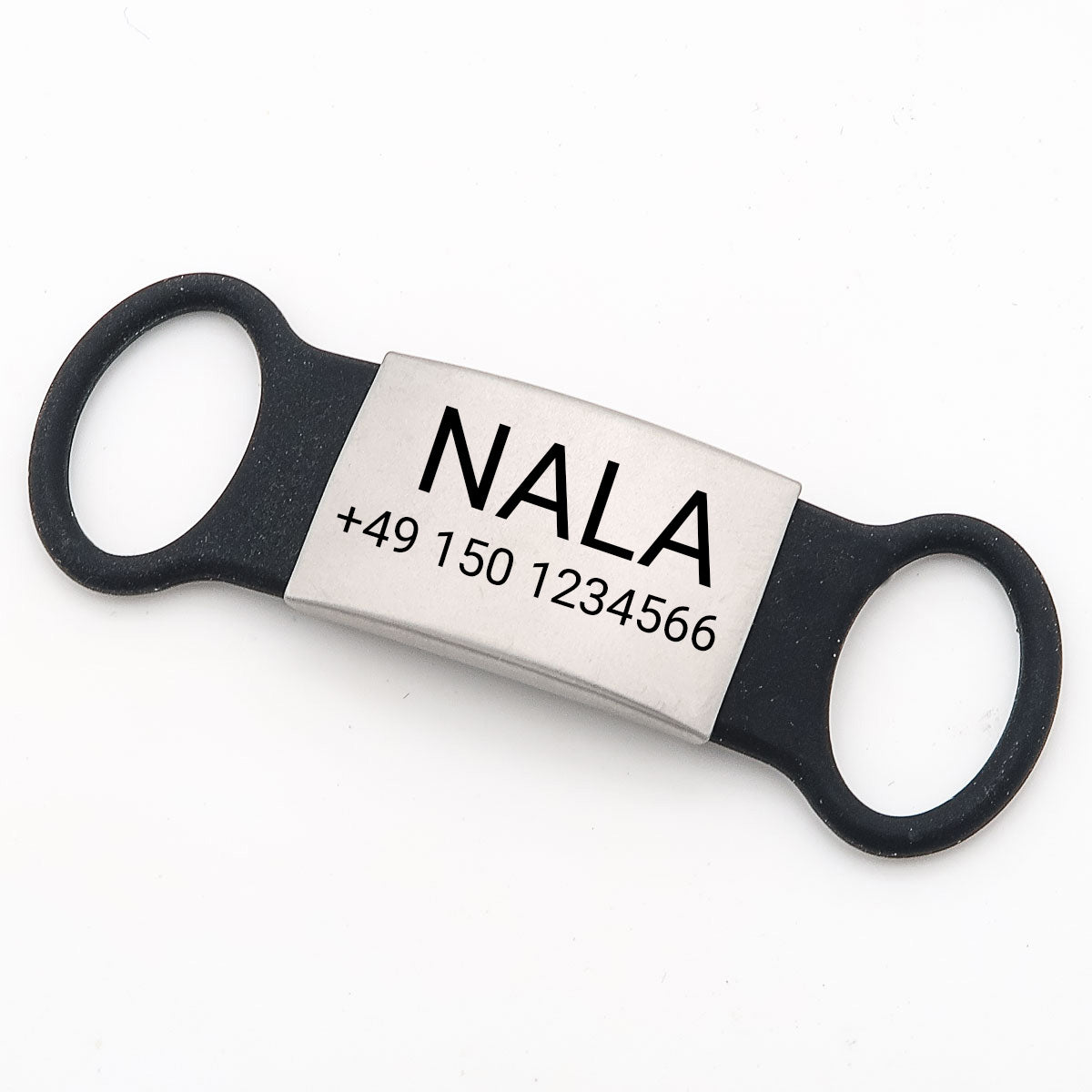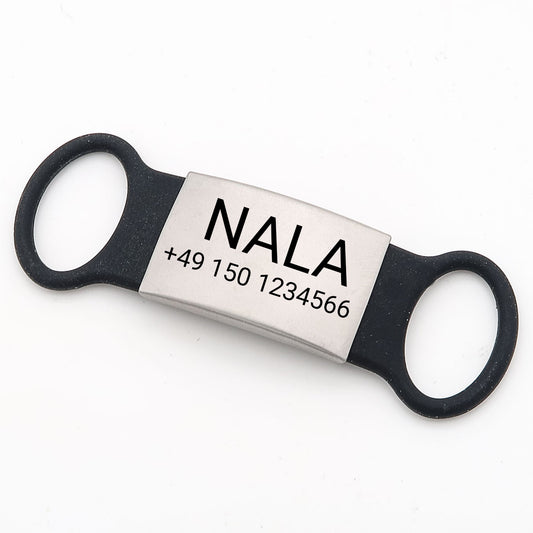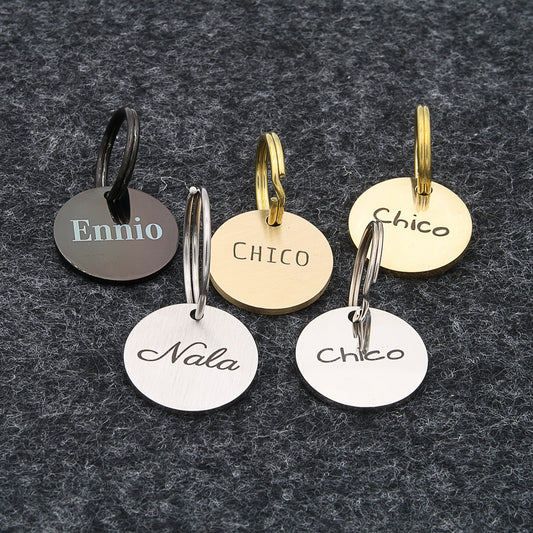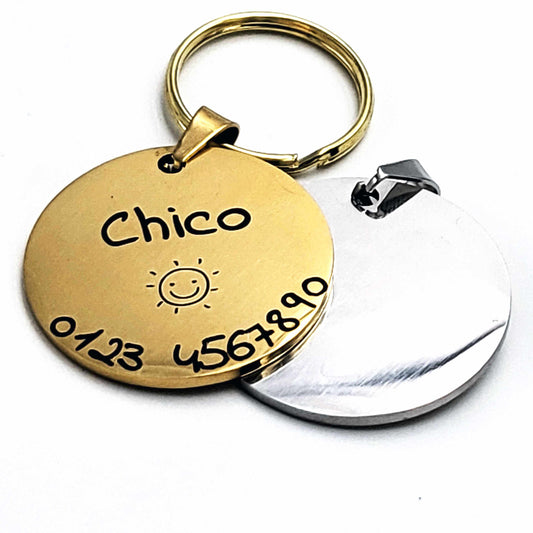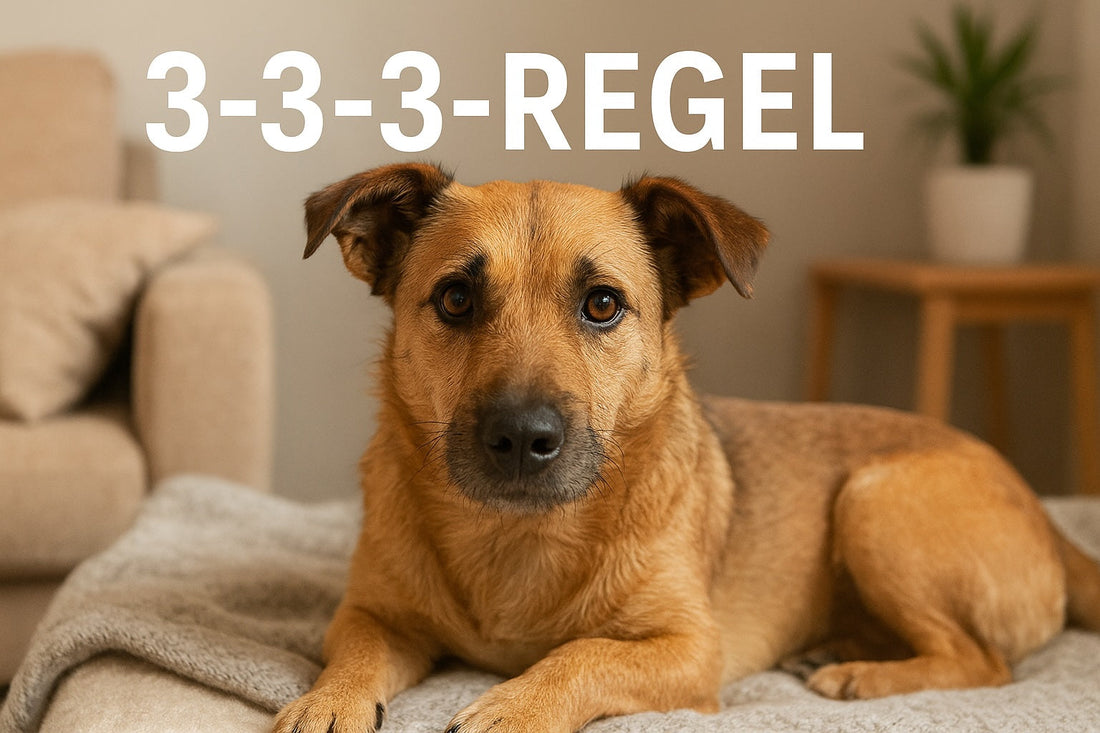
The 3-3-3 rule for acclimatizing adoptable dogs - a gentle arrival, a safe start
Share
A new home is a great adventure for every adoptive dog - and often a lot of stress. The 3-3-3 rule helps you to understand what your dog needs in the first few days, weeks and months to really settle in and gain confidence.
What is the 3-3-3 rule?
The 3-3-3 rule is not a strict set of rules, but a helpful time frame that describes the typical emotional and behavioral development of an adopted dog
:- The first 3 days: the dog is usually overwhelmed, unsure and in "shock" - cautious calm is now required.
- The next 3 weeks: The dog begins to explore the new environment, develop attachment and recognize routines.
- The following 3 months: Slowly build up trust, stabilize behaviour and start targeted training.
The first 3 days - rest, security, observation
In the first 72 hours, many dogs are overstimulated or frightened. Goal: give the dog security and avoid overstimulation.
Practical tips
- Create a quiet retreat (bed, blanket, separate room if necessary).
- Limit visitors, loud noises and frequent changes of location.
- Feed familiar food from the shelter if possible - avoid abrupt food changes.
- Short, positive contact instead of prolonged petting; let the dog choose its own proximity.
- Avoid immediately enforcing "house rules" in all areas - set priorities.
The next 3 weeks - orientation, small routines, bonding
Now begins the phase in which the dog explores its environment and builds its first relationships. Routines provide security.
Pay attention to what?
- Introduce regular feeding and walking times.
- Short, positive training sessions (5-10 minutes) for basic commands.
- Build up social contacts slowly and in a controlled manner (suitable dogs, familiar people).
- Reinforce routines for sleeping, toilet times and attention.
- Pay attention to stress signals (yawning, licking, appeasement, retreat) and allow retreat.
The following 3 months - development, training, fine-tuning
In the three months following adoption, behaviour stabilizes. This is where long-term trust is established and problematic behavior is addressed.
Recommendations
- Consistent but gentle training: positive reinforcement before punishment.
- Appropriate exercise and mental exercise (intelligence toys, nose work).
- In the event of behavioral problems: seek professional help (trainer/behavioral therapist) at an early stage.
- Patience: Relapses are normal - progress is often gradual.
Common misunderstandings about the 3-3-3 rule
- "My dog has to be perfect after 3 weeks " - Wrong. It's a guideline; some dogs need longer.
- "Punishments speed up acclimatization " - No. Punishments damage trust and increase stress.
- "Immediate full social life " - Avoid excessive demands; build up contact gradually.
Specific checklist for day 1, week 1 and month 1-3
Day 1-3 (immediately)
- Set up a quiet retreat
- Provide food and water (familiar brand if possible)
- Put on lead and collar, briefly show familiar surroundings
- Few visitors, lots of rest
- Vet appointment Plan within the first 1-2 weeks (checks, vaccination status)
Week 1-3
- Establish routines (feeding, walking)
- Start short, positive training sessions
- Slowly get used to being alone (short increases)
- Observe: Food, droppings, sleep, interaction
Month 1-3
- Targeted training(leash training, basic commands)
- Expand socialization (controlled meetings)
- Integrate mental exercise
- If problems persist: Consult a behavioral expert
If something goes wrong - when to get help?
Get expert help if you observe any of the following:
- Severe withdrawal or increased aggression
- Repeated, extreme anxiety in response to everyday stimuli
- Changes in eating/feeding over several days
- No progress despite patient, consistent work
Veterinarians, qualified dog trainers or behavioral therapists are the right people to contact. Early intervention prevents problems from becoming entrenched.
Case studies (short)
Case 1 - "Luna, shy and insecure"
Luna immediately looked for a corner, did not accept any treats. Procedure: Retreat, slowly positively conditioned treat games, short walks. Result: self-selected contacts after 4 weeks, more stable bond after 3 months.
Case 2 - "Max, high activity level"
Max was stressed and destructive. Procedure: structured daily schedule, lots of exercise, basic training. Result: behavior improved within 6-8 weeks, clearer routines in the long term.
